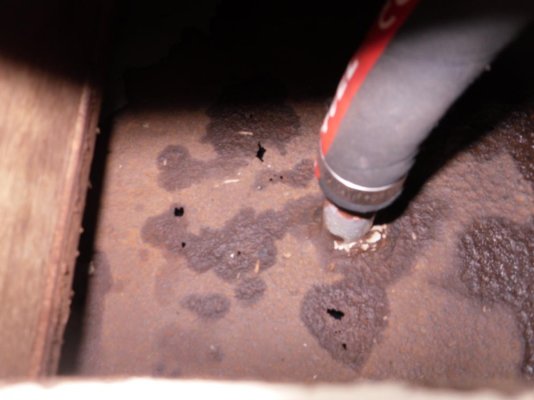David Rive
Senior Member
Went to see a 1985 Taiwanese Trawler today. These pictures show the top of her port side steel fuel tank. Clearly lots of surface rust. The area around the tanks is quite dry. So I have two questions:
1. Is this amount of external rust typical on a 1985 boat and does it mean internal problems are likely?
2. Is the round thingy on top of the tank an inspection port?
Any advice and input is appreciated.
David
1. Is this amount of external rust typical on a 1985 boat and does it mean internal problems are likely?
2. Is the round thingy on top of the tank an inspection port?
Any advice and input is appreciated.
David






